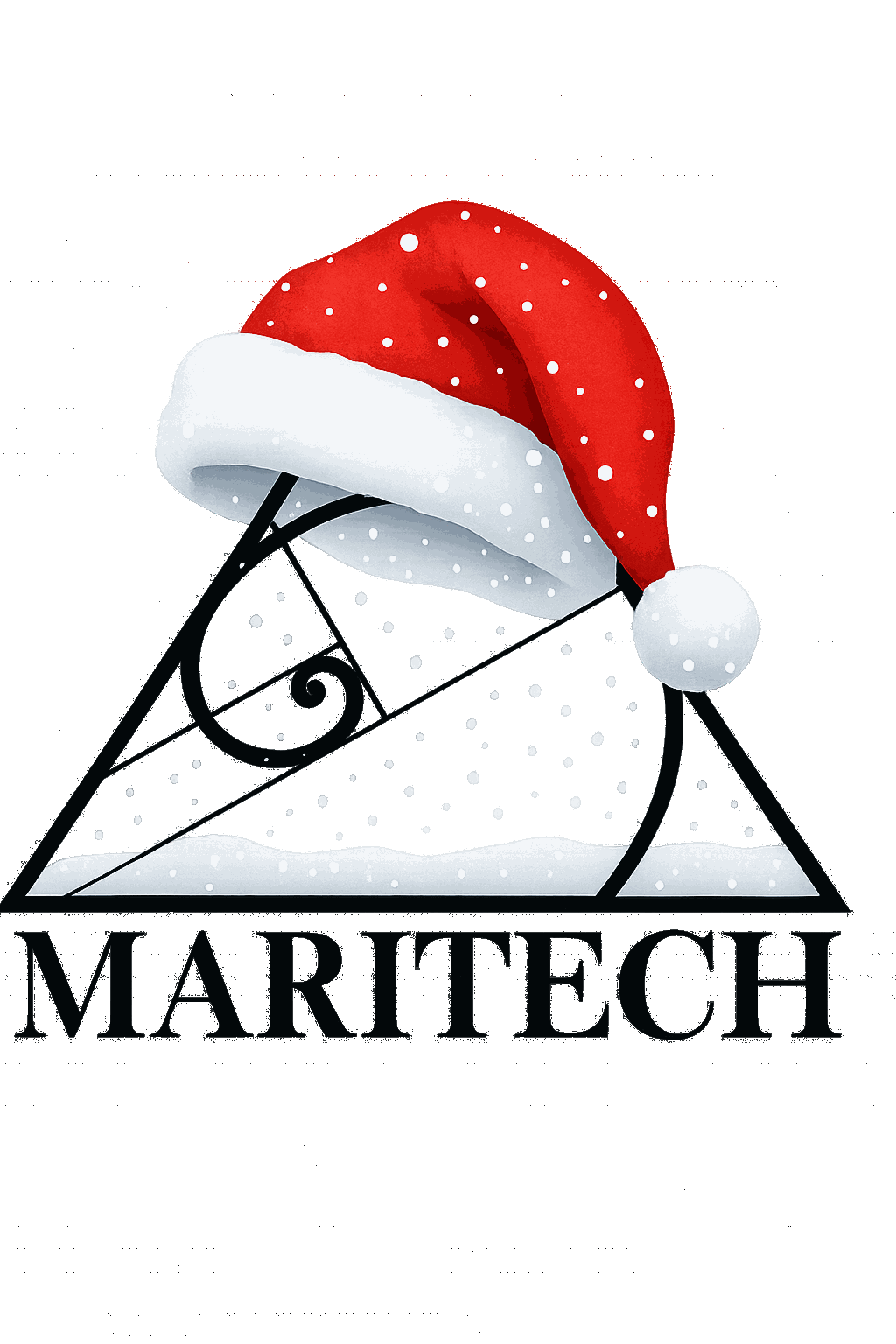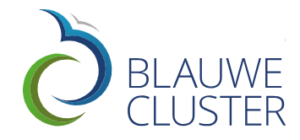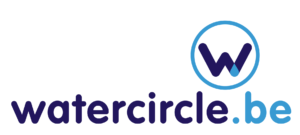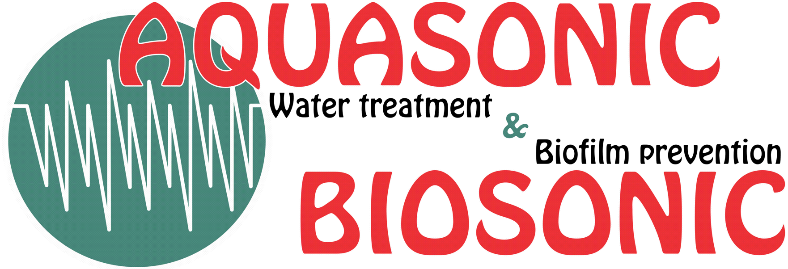

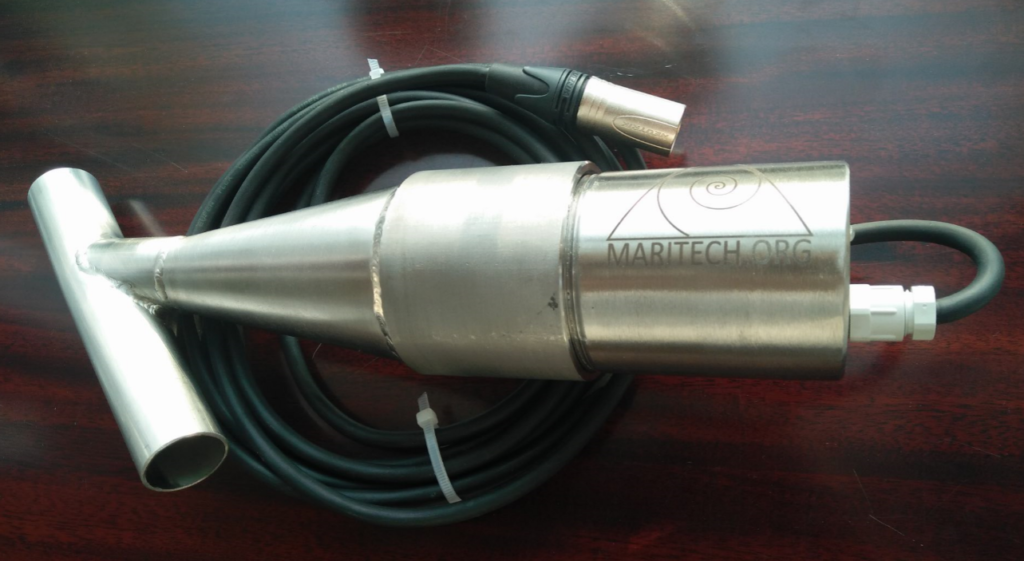
We operate as independent solution providers, but much of our experience was originally gained through the method developed by Mr. Thomas Hilaire. This background, and improvements over 25 years, form our strength in applied ultrasound applications.
The technology uses US (>20Khz) signal algorithms that are produced by one or more transducers. The signal is direct or indirect injected into a liquid and initially increases the permeability of the celmembranes and/or the vacuoles (in case of algaes) of single celled micro-organisms present in the liquid.
Over time these membranes rupture and cause the cell to die, with a reduction of cfu’s in the treated liquid as a result.
Attachment of all kinds of other micro-organisms and anorganic particles is also reduced due to he ”rubbing” effect of the US signals.
Since less bacteria can now attach to the surfaces, less (sticky) extracellular matter is secreted.
This again reduces the feeding ground of other bacteria which in turn eliminate the metabolic survival of microbes.
The algorithm of the ultrasound signal is designed to both detach existing particles and prevent new particles to attach.
The result is that (pathogenic) bacteria such as legionella pneumophilia or the cyanobacteria (blue-green algae) cannot procreate in this environment.
Subsequently this results in the removal and prevention of all kinds of fouling like algae, fungi and compounds of limes (like CaCO3, Calcium Oxalate or beerstone), etc…
The effective electric power consumption is very low at around 40W(e)/transducer.
A welcome side effect of the biofilm removal is the reduction of Microbiologically Induced Corrosion (MIC) which is mainly formed within the microlayers between the biofilm and the steel surface.
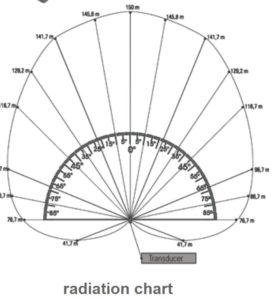
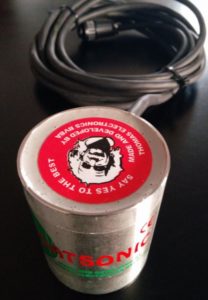
This technique is useful for:
- industrial surfaces in direct contact with the liquid such as :
- heat exchangers
- piping and storage tanks
- boilers and condensers
- ship’s underwater hull
- offshore structures
- desalination plants
- the removal of biofilm and (toxic)algae from swimming pools, fishing or recreational ponds, fish farms and the like.
- the removal of biofilm from filters and dripfeeding systems to avoid clogging…
- treatment of rainwater or irrigation reservoirs
- in the agricultural sector to avoid plant and root diseases
Advantages of this technique are :
- the machinery or application can remain in service
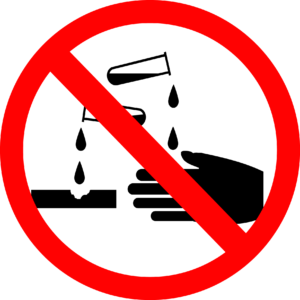
- Installation is simple without invasive techniques
- low electrical consumption
- once installed, no further maintenance is required
- lifetime of >15 years.
This methode does not use any biocidal or corrosive chemicals and does not change the chemical composition of the liquid. It is allowed for use in the foodsector.
Some Standard product descriptions:
- The Aquasonic NT4.1 is used in large ponds, pools or reservoirs up to 150m in length.
It is standard delivered with a floating unit for easy and optimal installation.
(works also against blue-green algae, which are in fact cyanobacteria)
- De Aquasonic NT7 is very like the NT4.1 but is used for long and narrow water masses (like ponds or channels) up to a length of 200m.
(works also against blue-green algae, which are in fact cyanobacteria)
- The Biosonic is a device which injects an acoustic signal into piping systems or installations.
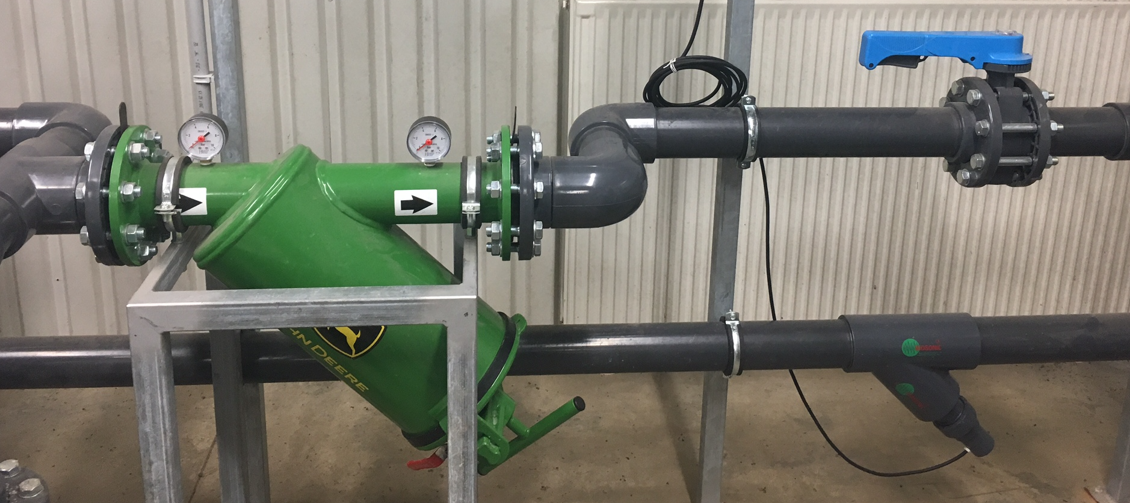
The specific signal prevents and removes existing biofilm and some related contaminations from the surfaces.
Biofilm is responsible for nesting of bacteria and fungi and it is the origin for many other contaminants such as lime-or beerstone scaling.
- The Aquanet is used to stop the algae bloom in small and mostly private ponds or pools with a length of maximum 10m. The signal is harmless to fish and breeding.
(installation with a floating device is optional)
- The Aquatank is for professional use in water tanks. It is designed to reduce cfu, algal bloom and biofilm formation on the tank surfaces. (floater standard included)
- The Pestsonic and Trisonic (industrial) is programmable and generates different signals to create an atmosphere that makes it, for certain animals, impossible to stay in the proximity of the device.
The device works against most non-domesticated mammals such as squirrels, foxes, rats, mice, rabbits, some birds, etc…
It has been proven beneficial in large food storage spaces, industrial kitchens, restaurants and even outdoor in airport environments.
- The Poolsonic is made to eliminate algal bloom and to remove the biofilm from (swimming)pools with a maximum length of 20-25m.
It can be delivered with a stainless-steel transducer or with custom made flush-mount armature for newbuild pools.
- The Gallinasonic is specifically designed to treat animal drinking water system. They remove biofilm and consequently reduce the growth of pathogenic viruses, bacteria, fungi, protozoans, etc…
- The Boatsonic is designed to treat maritime structures that are submerged into freshwater or seawater. They prevent biofilm formation and the accumulation of other bio-fouling such as algae, barnacles, mussels, etc.
The amount and type of transducers to be used is chosen after careful investigation.
(Stated distances are estimations and can differ for each specific application.)
- The Brewsonic is designed to remove biofilm and beerstone from beer dispensing units like draft tap installations, cooling reservoirs and kegs.
In general, all transducers are waterproof and embedded into a PVC or SS-316L casing.
High pressure (up to 100b/1450psi) and high temperature (up to 125°C/257°F) applications are possible upon request.
If needed, our products can be made for use in food or drinking water applications,
including KIWA or FDA-CFR21 certification.
Parts exposed to the atmosphere are weather proof and made from UV resistant polycarbonate, anodized aluminum or Stainless steel (Ex-proof if required)
The fields of application of ultrasound technology and probiotics covers many industries.
For best performance, we like to know your application so we can offer the best price/quality solution.
please contact us at info@maritech.org
We are also open for custom build products or new applications
Try us and find a solution that works for you.
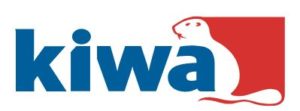
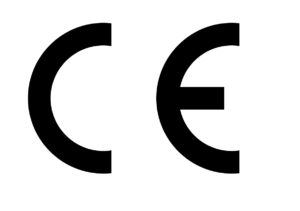
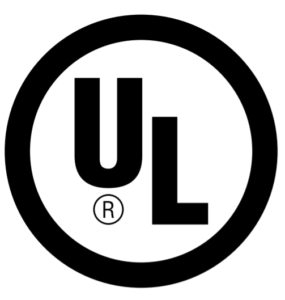
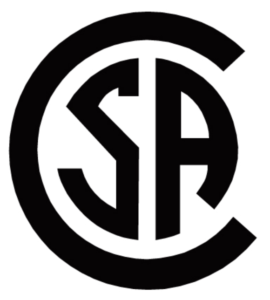
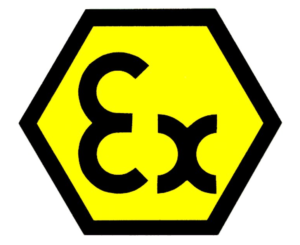
Member:
